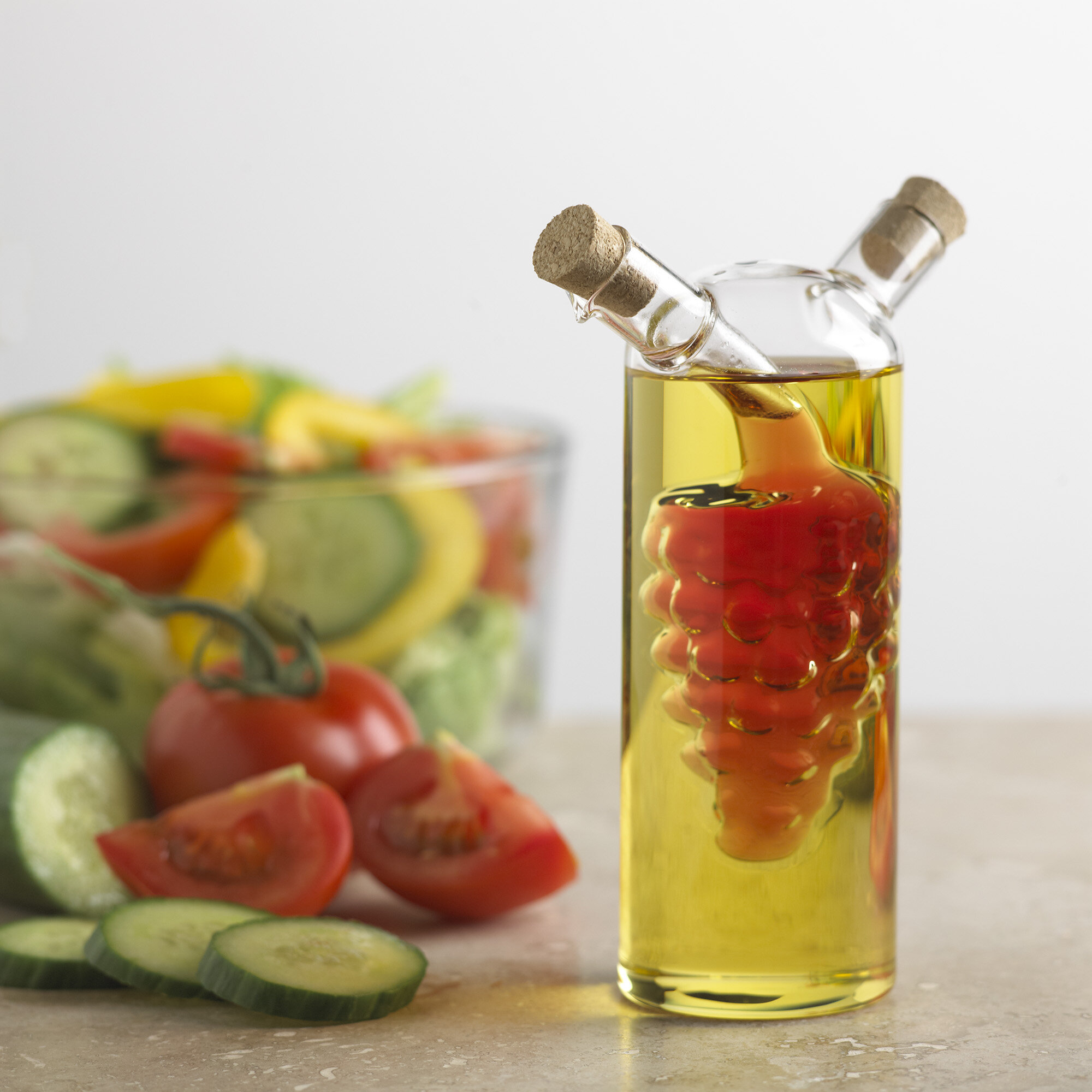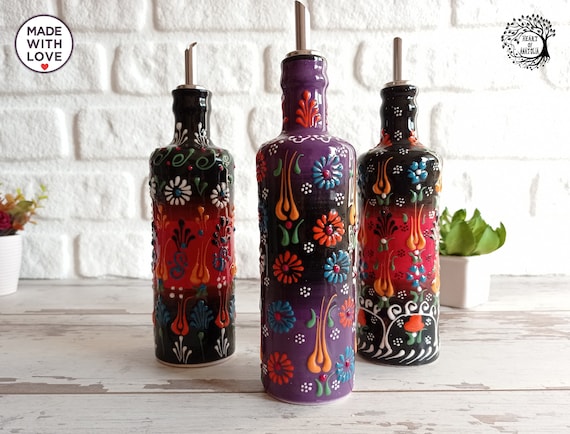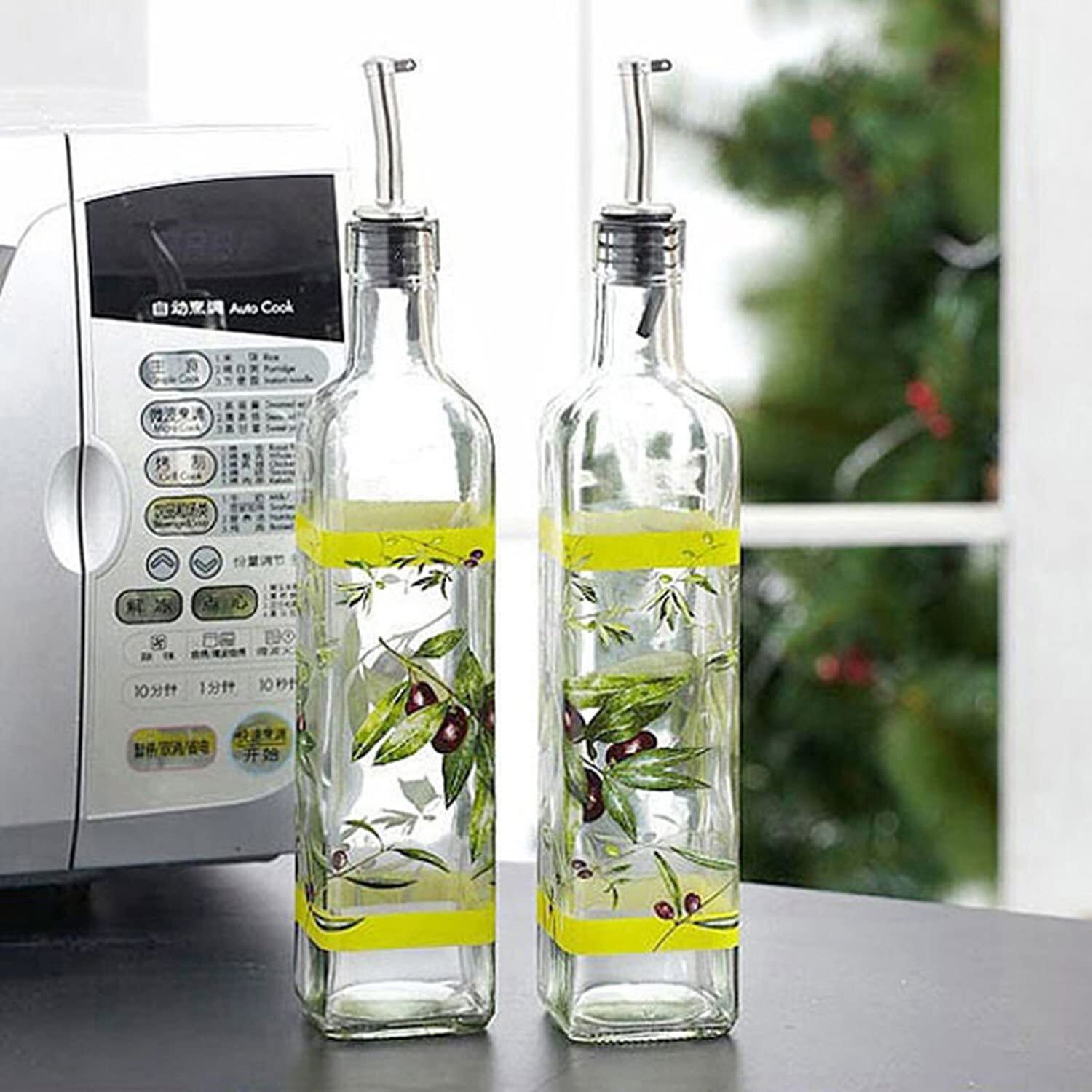In my journey of culinary exploration, I discovered that something as simple as oil and vinegar bottles could transform not just my cooking but also the aesthetic appeal of my kitchen. Oil and vinegar decorative bottles are more than just functional kitchenware; they are a statement piece, an art form, and a testament to your personal style. In this article, we will delve deep into the world of oil and vinegar decorative bottles, explore their types, benefits, and much more. So, let’s pour some creativity into our kitchens!
Table of Contents
- What are Oil and Vinegar Decorative Bottles?
- Importance of Decorative Bottles in Kitchen Decor
- Types of Oil and Vinegar Bottles
- Materials Used in Decorative Bottles
- Care and Maintenance Tips
- Pros and Cons of Using Decorative Bottles
- Comparison Table of Popular Decorative Bottles
- My Personal Experience with Decorative Bottles
- Frequently Asked Questions
- Final Thoughts
What are Oil and Vinegar Decorative Bottles?
Decorative bottles for oil and vinegar are specially designed containers that enhance the aesthetics of your kitchen while providing easy access to cooking essentials. They come in various shapes, sizes, and designs, allowing you to choose the perfect pair that matches your kitchen theme.
Functional Art for Your Kitchen
These bottles serve a dual purpose: they are functional for storing your favorite oils and vinegars and also act as beautiful kitchen decor. Imagine a sleek, glass bottle filled with aromatic olive oil, sitting elegantly on your countertop. It not only adds charm but also invites you to explore culinary delights.
Importance of Decorative Bottles in Kitchen Decor
The kitchen is often called the heart of the home, and decorative bottles play a significant role in enhancing this space. Here are some key reasons why:
Enhancing Aesthetics
Decorative bottles add a touch of elegance and personality to your kitchen. They can complement your existing color scheme, create visual interest, and become a focal point.

Practicality Meets Design
While they look great, these bottles are also practical. They come with features like drip-free pour spouts and are often designed to protect your oils from light exposure, prolonging their shelf life.
Types of Oil and Vinegar Bottles
When it comes to oil and vinegar bottles, the variety is endless. Here’s a breakdown of some popular types:

Classic Glass Bottles
Classic glass bottles are timeless. They come in different shapes, such as sleek, tall designs or round, squat forms. These bottles often have elegant cork or twist-top closures.
Modern Ceramic Bottles
For those who prefer a contemporary look, modern ceramic bottles are an excellent choice. They often feature vibrant glazes and artistic patterns that can be a conversation starter.

Plastic Bottles
While they may not be as visually appealing as glass or ceramic, high-quality plastic bottles are lightweight, unbreakable, and often come with built-in measuring features.
Handcrafted and Artisanal Bottles
Handcrafted bottles are unique pieces of art, often made by local artisans. They can vary significantly in style, color, and texture, making them truly one-of-a-kind.

Materials Used in Decorative Bottles
The material of a decorative bottle affects both its functionality and appearance. Let’s explore the common materials used:
Glass
Glass is the most popular choice for oil and vinegar bottles. It’s non-reactive, preserves the taste of the contents well, and can come in various styles (clear, frosted, colored).

Ceramic
Ceramic bottles often feature artistic designs and are great for displaying. However, they can be more fragile than glass.
Plastic
High-quality plastic is durable and lightweight. Many modern plastic bottles are designed to look attractive while being functional.

Care and Maintenance Tips
To ensure the longevity and beauty of your decorative bottles, here are some care tips:
Cleaning Your Bottles
Hand wash your bottles with mild soap and warm water. Avoid using abrasive cleaners that could scratch the surface. For glass bottles, a bottle brush can help reach the insides easily.

Storage Tips
Store bottles in a cool, dark place to prevent the oils from going rancid. If the bottle is transparent, consider wrapping it in a cloth or storing it in a cabinet to block light exposure.
Check Seals and Caps
Regularly check the seals and caps of your bottles to ensure they are airtight. A loose cap can lead to oxidation, ruining the flavor of your oils and vinegars.
Pros and Cons of Using Decorative Bottles
Pros
- Aesthetic Appeal: They enhance the visual appeal of your kitchen.
- Practicality: Easy access to oils and vinegars.
- Variety: Available in numerous designs and materials.
- Conversation Starters: Unique designs can spark conversations.
Cons
- Fragility: Some materials, especially glass, can break easily.
- Maintenance: Requires regular cleaning and care.
- Cost: Handcrafted or designer bottles can be pricey.
Comparison Table of Popular Decorative Bottles
| Type of Bottle | Material | Capacity | Price Range | Aesthetic Appeal |
|---|---|---|---|---|
| Classic Glass Bottle | Glass | 250-500 ml | $10-$30 | Elegant |
| Modern Ceramic Bottle | Ceramic | 300-600 ml | $15-$50 | Artistic |
| High-Quality Plastic Bottle | Plastic | 400-800 ml | $5-$20 | Functional |
| Handcrafted Bottle | Glass/Ceramic | 250-500 ml | $20-$100 | Unique |
My Personal Experience with Decorative Bottles
When I first started collecting decorative bottles, I was drawn to their beauty and craftsmanship. My favorite is a handcrafted glass bottle with intricate designs that remind me of summer days in Tuscany. Not only does it look stunning on my kitchen counter, but it also holds my award-winning olive oil. The experience of pouring exquisite oil from a beautiful bottle makes cooking feel more special and intentional.
Frequently Asked Questions
Are decorative bottles safe for food storage?
Yes, as long as the materials are food-safe and non-reactive, decorative bottles can be safely used for storing oils and vinegars.
How do I choose the right bottle for my kitchen?
Consider your kitchen’s style, the types of oils and vinegars you use, and how much you want to store. Look for bottles that match your aesthetic while being functional.
Can I make my own decorative bottles?
Absolutely! Many DIY enthusiasts enjoy creating their own decorative bottles by painting or etching glass. It can be a fun project to personalize your kitchen!
Final Thoughts
Decorative oil and vinegar bottles are an excellent way to marry functionality with aesthetics in your kitchen. They enhance your cooking experience while showcasing your personal style. Whether you purchase or create your bottles, the right ones will make you feel proud every time you step into your kitchen. So, elevate your culinary space and enjoy the beauty of decorative bottles!